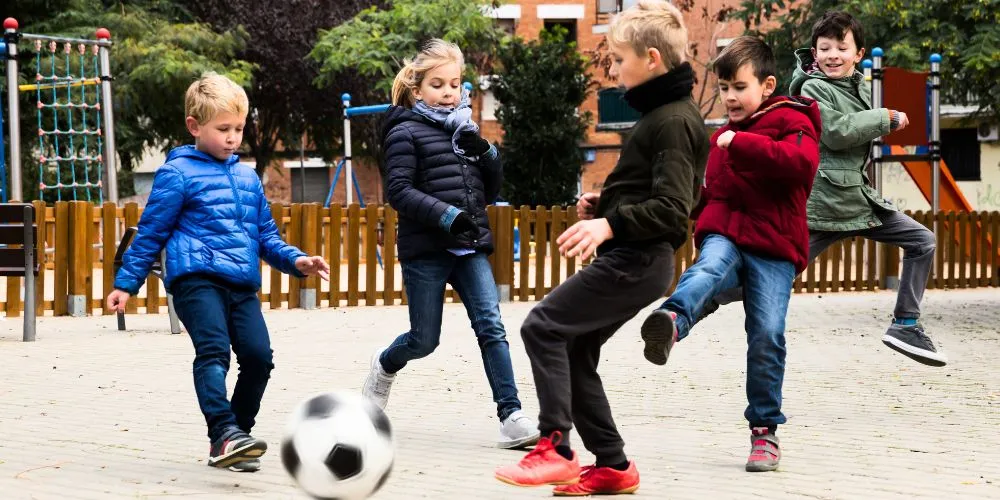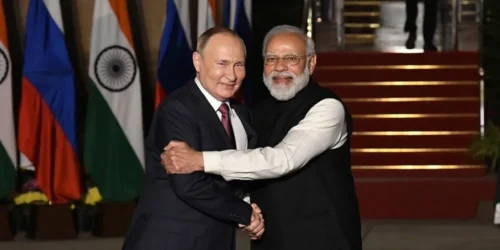Walk past any youth sports field on a Saturday morning, and you’re likely to see it: a parent screaming at a referee, a coach running military-style drills for nine-year-olds, and a kid who looks like they would rather be anywhere else. We have taken the beautiful, simple idea of children playing a game and twisted it into a high-pressure, hyper-competitive machine. In our quest to raise the next superstar, we are inadvertently subjecting our children to immense stress and pressure, often at the cost of their emotional well-being.
The College Scholarship Fantasy
Let’s be honest about the odds. The chance of a child earning a Division I athletic scholarship is astronomically small. Yet, parents spend thousands of dollars and countless hours on elite travel teams, private coaches, and year-round training, all in pursuit of this nearly impossible dream. This immense pressure places a significant burden on a child’s shoulders, transforming a fun pastime into a stressful job.
Killing the Love of the Game
When a child’s schedule is packed with mandatory practices, weekend-long tournaments, and constant performance analysis, the game ceases to be play. It becomes an obligation. This professionalization leads to burnout at a shockingly young age. By the time many kids reach high school, the sport they once loved feels like a chore, and they quit altogether.
The Sideline Parent Problem
Too many parents live vicariously through their children’s athletic achievements. Their behavior on the sidelines—arguing calls, yelling instructions, and criticizing their kids—creates a toxic environment. They are not teaching resilience or sportsmanship; instead, they are teaching their children that their worth is directly tied to their performance on the field.
The Danger of Early Specialization
The push for kids to specialize in one sport and play it year-round is not only contributing to burnout but is also physically hazardous. Medical experts consistently warn that this approach leads to a higher rate of overuse injuries. Children develop better as athletes when they play multiple sports, building a wider range of motor skills and preventing their bodies from breaking down. The physical risks involved in early specialization are a stark reminder of the potential harm we are causing to our children in the name of sports excellence.
Conclusion
We need a massive course correction in youth sports. The goal should not be to manufacture professional athletes. It should be to let kids have fun, learn how to be part of a team, develop a healthy relationship with physical activity, and learn life lessons like sportsmanship and resilience. It’s time for the adults to step back and let the children take over the games.













